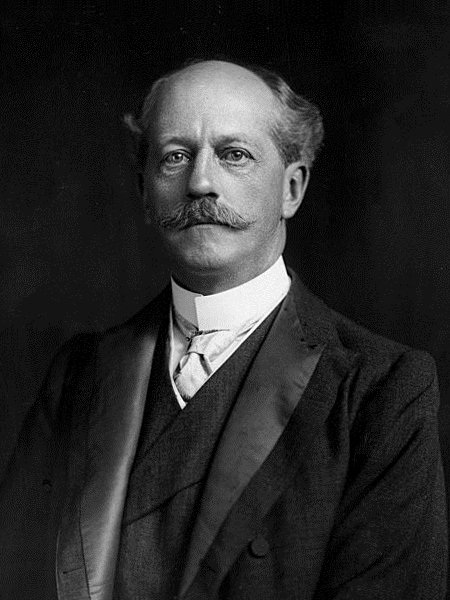The enduring fascination of Mars
/The planet mars (lower left) as seen from nova scotia on march 28, 2013. - john mcphee
(ARCHIVED FROM AUGUST 2003)
There's Orion and the Pleiades and I guess that must be Mars. - Greg Brown, Poet's Game
Unless he was in the deep south, Mr. Brown was contemplating the heavens in winter when he wrote that tune. Orion is nowhere to be seen on these sultry nights up north - but there's no guesswork about Mars.
The brilliant golden orb can't be missed low in the east late in the evening early in August and earlier as the month goes on.
I figured the planet would be striking, since Mars is nearing its closest approach to Earth in about 60,000 years. And it stands out even more because it's the lone planet in our evening skies and occupies a rather sparse bit of sky in the Capricorn/Aquarius region.
And indeed, it’s a fascinating sight.
With some planets, such as Venus, it's easy to mistake them for just really bright stars. Look at Mars and you just sense something's different about it. The reason behind that difference may be a tad mundane, in that its deep golden colour is created by good old rust - iron oxide - in the Martian soil.
The appreciation of our planetary neighbour with the naked eye, that's one thing. Put your typical backyard scope to work - that would be mine - and the excitement pales a bit. I'm not seeing much detail on that fourth rock from the sun.
from top, Saturn, Mars and the star Antares line up in the constellation scorpius on Aug. 24, 2016. - john mcphee
“It’s those tantalizing similarities to our world that draws us to Mars, I think. The other planets are just so alien - the sulphuric acid-enveloped Venus, the not-quite-thereness of the four gas giants beyond Mars, the scorched and cratered Mercury. ”
For one thing, at my highest magnification, the apparent size of Mars is about that of the full moon seen with the naked eye. That doesn't sound so bad until you realize you can blot out the full moon with an Aspirin held at arm's length.
For some reason I picture Mars as the same size as Earth but it's a small planet, about half the size of our world.
That said, I was pleasantly surprised at the brightness of Mars' most prominent feature, its southern polar ice cap. This tiny white smudge is the first detail the eye picks out on the Martian surface through a telescope. I was looking at a good time, since the cap is now tilted toward Earth and in July had not yet begun to shrink with the Martian spring.
After noticing the cap, the subtler markings begin to emerge, the darker streaks of rock and dust that spread across the middle of the planet. The darkest part of these blotches is called Syrtis Major, an ancient volcanic flow that covers an area of about 1,100 square kilometres.
Besides the small image size, these details are hard to pick out because Mars is pretty low in the sky in the northern hemisphere. That means to reach our eyes the planet's light must travel through a lot of atmosphere - a wall of air that distorts its image.
That’s not a problem in the southern hemisphere. Folks dan unda are enjoying a lovely overhead view.
But even a somewhat blurry rusty disc in the eyepiece gives me a thrill. After all, this is Mars we're talking about. The planet that spawned countless bad movies featuring guys with odd hairdos in silver suits. The inspiration for compelling fictional tales such as War of the Worlds and Ray Bradbury's The Martian Chronicles. When we think of "people on other planets," it's Mars that comes to mind.
Percival Lowell
The planet's mysteries have even overtaken the imaginations of prominent scientists, such as Percival Lowell. In the early 1900s, this Boston astronomer was adamant that the strange streaks and markings he saw through his 24-inch telescope in Flagstaff, Ariz., were canals built by intelligent beings who once flourished on Mars. He thought these structures carried water from melting polar caps to the southern part of the planet.
Visits to the planet by spacecraft like Viking finally put his theories to rest, but recent research has revived speculation that there may be oases of water somewhere under the forbidding Martian plains.
It's those tantalizing similarities to our world that draws us to Mars, I think. The other planets are just so alien - the sulphuric acid-enveloped Venus, the not-quite-thereness of the four gas giants beyond Mars, the scorched and cratered Mercury. Then there's distant Pluto, which many astronomers quietly write off as a non-planetary piece of icy rock.
Mars is seen in April 2014 when The Red Planet was about 75 million kilometres from Earth, its closest approach in 13 years. (photo by ART COLE)
But Mars is a rocky world with storms, volcanoes and valleys that once, maybe, harboured life. Small and blurry sometimes, yes, but always fascinating.
Mars makes history this month on Aug. 27, when it reaches the closest point of its approach to Earth since the Neanderthal age, about 60,000 years ago.
If you want to get into the nitty-gritty of the Red Planet, check out ralphaeschliman.com for detailed maps and www.arksky.org/mars2003.htm
Or just look up and enjoy our celestial neighbour in real life. Clear skies!





